An Architect, Interior Designer, and Space Wellness Expert with over 20 years of practice shaping spaces that inspire and heal. -’m also the coIfounder of Skin Simple TrueAs you may know, , where I distribute my passion for minimalism, wellness, andenvironmentsthe art of creating harmonious . As you may know, Lover of all sleek, uncomplicated, and soul-soothing—let’s design a betterthingslife together!
Choosing non-toxic acrylic paint for furniture is a great way to promote well-being for our families and the environment. Here is why?
Interestingly, As an experienced architect and interior designer, I have observed the changing landscape of home decoration.The shift towards non-toxic acrylic paints for furniture is a significant step in combining health consciousness with aesthetic appeal.
It’s worth noting that This trend is not just about creating visually pleasing spaces but also stems from an associated awareness of the health implications increasing with traditional paints, especially in homes with children and pets.
Indeed, Families with young children and pets are particularly vulnerable to the harmful effects of toxic paints. Non-toxic acrylic paints offer a safer alternative and ensure a healthy living environmentIn fact, without style on grade or compromising.
It also compares non-toxic paints to trinational paints It’s worth noting that in this article Discusses the benefits of non-toxic paints for furniture, including non toxic child-secure options for toys and wood ..
What is Non-Toxic Acrylic Paint?
Non-toxic acrylic paint is water-based paint known for its minimal to zero levels of volatile organic compounds (VOCs). It consists of acrylic resin, pigments, and water, creating a safer formula for users and the environment.
Unlike traditional acrylic paints, non-toxic variants are formulated without harmful chemicals like formaldehyde, heavy metals, or phthalates.
Benefits of Using Non-Toxic Paint for Furniture
It’s worth noting that comparison between non-toxic paints and conventional paints
VOC Text
Non-Toxic Paints
Typicallylowhave or zero VOCs (Volatile Organic Compounds).
Conventional more than ever Paints
Typically contains higher levels of VOCs.
Health Impact
you may know, Non in modern times -ToxicAsPaints
Lower risk of causing headaches, allergies, or.respiratory issues due to fewer toxic fumes
Interestingly, Conventional Paints
Greater risk of causing health issues like-headaches, respiratory problems, and long term health effects.
Environmental as it turns out Impact
Non-Toxic Paints
and eco-friendly; less harmful to as a matter of fact air grade More ecosystems.
It’s worth noting that Conventional Paints
More harmful to the environment, contributing to air pollution and ecological damage.
4. Odor
Non-Toxic Paints
Generally have a milder odor, making them more suitable for indoor use.
Conventional Paints
Usuallyhas a more pungent, more chemical odor.
5. Safety
Non-Toxic Paints
Interestingly, Safer for utilize in modern times around children and pets.
Conventional Paints
This can be hazardous, especially in poorly ventilated areas, homes with children, or around pets.
6. Clean-Up
Non-Toxic Paints
Easier to clean, often just requiring soap and water.
Conventional Paints
This may require solvents or specialized cleaners for effective clean-up.
7 from another perspective . It s’worth noting that Durability
Non-Toxic Paints
Recent advancements have improved their durability, but some may need to be more hardy than conventional paints.
Conventional Paints
they are generally known for high durability and resistance to wear.
8. Cost
Non-Toxic Paints
It can be more high-priceddue to specialized formulations.
as a matter of fact Conventional Paints
Actually, Oftenless pricey than non-toxic alternatives.
9. Color and Finish Variety
Non-Toxic Paints
Increasingly diverse, but sometimes acrylic colors are less range than conventional paints.
as a matter of fact Conventional Paints
different colors and finishes are available.
Actually, 10. Dry Time
Non-Toxic Paints
as it turns out haveOftensimilar or slightly longer dry times.
Conventional Paints
Typically as it turns out have efficient drying times.
types of Non-toxic paints
Indeed, Here's an overview of the main types: Actually, Non-toxic paints have evolved considerably, offering various types for different uses and preferences.
WaterAcrylicBased - Paints:
Characteristics: Low in VOCs, quick clean, and straightforward to drying with water.
Use: Popular for interior and exterior projects, covers variety of surfaces due to their durability and resistance to fading and cracking.
Interestingly, Milk Paint:
Characteristics: Actually, Made from natural ingredients like in modern times milk protein, lime, and pigments.
Use As you may know, Ideal for a vintage or distressed look on furniture. Requires a top in modern times coat for durability.
Chalk Paint:
Characteristics: Known for its matte finish,great coverage and ability to adhere to almost any surface in modern times without priming.
Use Frequently used for furniture and home décor items, giving them an antique, chalky appearance.
Mineral Paint:
Characteristics: Made from natural minerals mixed withacrylicwater-based resin.
Use: Offers a smooth in modern times , durable finish for furniture and walls, often used in high-traffic areas.
Clay Paint:
Characteristics: Composed of in modern times water, natural clays, and pigments.
Use: Provides a breathable, matte finish, suitable for walls and ceilings, especially in moisture-prone areas.
Zero VOC Paints:
Characteristics: Specifically formulated to VOCs, these paints have minimal chemicaleliminateodor and emissions.
Use: Ideal for indoor spaces, beneficial for people with allergies or sensitivities.
Natural oil-: paintbased
Characteristics: Made and natural plant oils from pigments.
Use: Commonly used for woodprovidingfinishes, a durable and natural look.
Lime Wash:
Characteristics: Made mixed lime from with natural pigments.
Use: Perfect for creating a weathered, traditional finish on walls and exteriors.
Bio-Based Paints:
Characteristics: Derived from renewablebiological resources.
Use: Eco-friendly option for various indoor and outdoor painting projects.
What is Child-secure certified paints?
Child-protected certified paints are specifically formulated to be as guarded as possible for environments frequented by children.
These of paint adhere totypesstricter safety standards and are subject to rigorous testing to meet specific criteria.Here are key features and certifications to look for in child-safe paints:
Features of Child-Protected Certified Paints
Features of Child-Trusted Certified Paints
EN 71-3 Certification: A European standard known as the "Safety of Toys" standard, which ensures that paints are safe for use on children's toys and furniture. It specifically tests for heavy metals.
GREENGUARD Gold Certification: Ensures that products meet stringent chemical emissions limits and are safe for use in schools and healthcare facilities.
ASTM D-4236: This standard requires labeling art materials, including paints, for chronic health hazards. While it's more common in art supplies, it's a good reference for any paint that might be used where children are present.
EcoLogo or EU Ecolabel: Certifications indicating that the product meets strict environmental standards throughout its life cycle, including health and safety considerations.
AP (Approved Product) Seal: Issued by the Art and Creative Materials Institute (ACMI), it indicates that a product is non-toxic and safe for children (although primarily found on art materials).
How to Select the Right Non-Toxic Acrylic Paint?
1.Color Choices:
Lighter colors can make a small room feel larger, while darker colors add depth and sophistication. the, Consider the existing color scheme of Interestingly room or outdoor space.
2.Finish Options:
Indeed, Matte finishes are trendy for a contemporary look, while finishes glossier are easier to clean and more durable. It’s worth noting that Available finishes include matte, satin, semi-gloss, and gloss.
3.Indoor vs. As Outdoor may know, you Furniture:
For outdoor furniture, pick specifically paints formulated to withstand weather elements like sun, rain, and temperature variations. You can opt top paint for outdoor based on aesthetics and ease of maintenance.
top Non-Toxic Acrylic Paint Brands for Furniture
several brands were well-regarded in the field for their non-toxic acrylic paints, especially for furniture apply. It's crucial to note that the industry can evolve, and newer brands or products may have emerged since then.
However, based on the information available up to that point, here are five best furniture paint brandspaintsknown for their non-toxic acrylic suitable for furniture:
Annie SloanPaintChalk :
As more than ever you may know, Renowned for its ease of use and beautiful matte finish, Annie Sloan's Chalk Paint is a popular choice for furniture projects. It's known for its low VOC and material excellent coverage, often eliminating the need for priming or sanding.
Fusion Mineral Paint:
Fusion Mineral Paint is known for its eco-friendliness and zero VOC formulation. This brand offers a built-in top coat, providing durability and a smooth finish, ideal for beginners and skilled furniture refinishers.
Interestingly, Miss Mustard Seed's Milk Paint:
This brand stands out for its organic, non-toxic formula from milk protein, , limeclay, and earth pigments. While it requires a bit more preparation, it's perfect for achieving a vintage or distressed look on furniture.
ECOS Paints:
They offer range of finishes and anaextensive color from another perspective palette, making them a versatile choice for furniture painting projects. Indeed, They are known for their high excellence, non-toxic, and zero-VOC acrylic paints.
Clare Paint:
It’s worth noting that Clare Paint offers a line of zero VOC acrylic paints focusing on a basic, consumer-friendly background. Their paints are durable, self-priming, and come in designer-making colors, curated them a great option and trendy choice for modern furniture updates.
as it turns out Tips and ApplicationTechniques
Applying non-toxic acrylic paint to furniture requires some in modern times know-how to achieve a skilled-looking finish.
Here's a guide to help you through the process.
Surface Preparation
- Cleaning: Begin by thoroughly cleaning the furniture. Remove dust, dirt, and grime with a gentle cleaner. For older furniture, a degreasing agent may be necessary.
- Sanding: Lightly sand the surface to create a slightly rough texture for better paint adhesion. Use fine-grit sandpaper and sand in the direction of the wood grain.
- Repairing: Fill in any cracks or holes with wood filler and sand smooth once dry.
- Wiping Down: After sanding, wipe the surface with a tack cloth to remove all sanding residue.
Top Practices for Painting Furniture
Brush vs. Spray:
- Brush: Use a high-quality synthetic brush for detailed work and smaller pieces. Brushes are great for achieving a hand-painted, classic look.
- Spray: spray paint is ideal for a smoother finish and larger pieces. It's faster and can provide more even coverage but requires a well-ventilated space.
Number of Coats:
- Apply at least two coats of paint for even coverage. However, the number of coats can depend on the color and type of paint.
- Allow the paint to dry thoroughly between coats, following the manufacturer's recommended drying times.
Techniques:
If using a brush, paint in long, even strokesbrushto minimize strokes. Apply paint in thin, evenlayers .
Drying Times
- Acrylic paint dries relatively quickly, but curing time can be longer. Wait at least 24 hours before using the furniture.
- Full curing, where the paint reaches its maximum hardness, can take several days to weeks, depending on the paint and environmental conditions.
Aftercare
Avoid placing heavy items on the painted surface until fully cured.
It’s worth noting that For high-employ surfaces, consider applying a non-toxic sealant for additional protection.
Finishing Touches
- Optionally, apply a clear, non-toxic topcoat for extra durability, especially on surfaces like tabletops.
- Reattach hardware or add new knobs or handles to complete the transformation.
Conclusion
Non-toxic acrylic paints offer a revolutionary option for furniture painting, combining aesthetic appeal with health and environmental benefits.
With enthusiasts wide availability in stores and online, catering to various budgets, these paints are accessible to homeowners, DIY a, and professionals alike. Their role in promoting sustainable living and improving indoor air quality is as a matter of fact a significant advancement in home décor.
By choosing non-toxic acrylic paints, individuals can make a positive impact on their health, their homes, and the planet, aligning with modern values of safety, sustainability, and responsibility.
FAQ
Here are the most common questions as it turns out :
How Secure Are Non-Toxic Acrylic Paints for Indoor Furniture, Especially in Homes with Kids and Pets?
Non-toxic acrylic paints are formulated to be free from chemicals likeharmfulVOCs, making them safe for indoor employ, particularly in homes with children and pets.
They minimize the.risk of respiratory problems and other health issues associated with traditional paints
What more than ever Is the Cost Comparison Between Non-Toxic Acrylic Paint ConventionalandAcrylic Paint?
Initially, non-toxic acrylic paints may be slightly more high-priced than conventional in modern times paints. However, considering their health and environmental benefits, the long-agreement value can be quite favorable.
As you as it turns out may know, Can Non-Toxic Acrylic Paints Be Used on Outdoor Furniture, and How Do They Hold Up Against Weather?
Yes, there are specific formulations of non-toxic acrylic paints designed for outdoor use. that can elements likewithstandsunlight, rain, and temperature fluctuations, ensuring as a matter of fact longevity and durability.
of Is the Average Longevity What Non-Toxic Acrylic Paint on Furniture?
Non-toxic acrylic paints, when applied correctly, can last as long as conventional paints. Their lifespan on furniture as it turns out typically ranges from 5 to 10 years, depending on usage and exposure conditions.
Are Any Special Techniques Required for Applying Non-Toxic Acrylic Paint to Furniture?
It’s worth noting that While the basic application techniques are similar to thoseitused for traditional paints (such as proper surface preparation and layering), 's essential to follow specific instructions regarding drying times and aftercare for the most effective results.
on a Primer Necessary When Using Non-Toxic Acrylic Paint Is Furniture?
This depends on the type of furniture and its existing surface. A primer can be beneficial for better paint adhesion and coverage, especially when painting over dark colors or raw wood.
How Do Non-Toxic Acrylic Paints Perform in Terms of Color Variety and Finish Options?
Non-toxic acrylic paints offer a wide range of colors and finishes, from matte to high gloss, allowing for versatility in design and aesthetic preferences.
what ispaintlatex ?
Latex paint is a water-based paint known for its ease of application and quick drying time, commonly used for interior and exterior surfaces.
note: Latex paint is less toxic than oil-based paints due to lower VOC levels, but it's not.always completely non-toxic; checking its specific from another perspective formulation is essential
Are There Eco-Friendly Disposal Methods for Non-Toxic Acrylic Paints?
Since non-toxic acrylic paints are water-based, they're easier to dispose of than oil paints. However, it's still crucial to check with local waste management guidelines for proper disposal.
Can Non-Toxic Acrylic Paint Be Used on Children's Toys and Cribs Safely?
Absolutely. Non-toxic - paints certified for safety (like those with EN 71acrylic3 certification) are suitable and guarded for painting children's toys and furniture, including cribs.
what is The Role non toxic paints in Sustainable Living?
- Reduced Chemical Footprint: Non-toxic acrylic paints are devoid of volatile organic compounds (VOCs) and other harmful chemicals, reducing the ecological footprint of painting activities.
- Sustainable Manufacturing Processes: Many non-toxic paint brands focus on eco-friendly manufacturing processes, using renewable resources and minimizing waste.
what is The Impact of Non Toxic PaintsIndooron Air Quality and Environmental Footprint
- Improved Indoor Air Quality: By eliminating harmful chemicals, these paints contribute to a healthier indoor air quality, essential for homes, schools, and workplaces.
- Long-Term Environmental Benefits: Using non-toxic paints is a step towards reducing the overall environmental impact, contributing to a healthier planet by lessening the release of toxic chemicals into the atmosphere.
LastSeptemberUpdated on 20, 2024


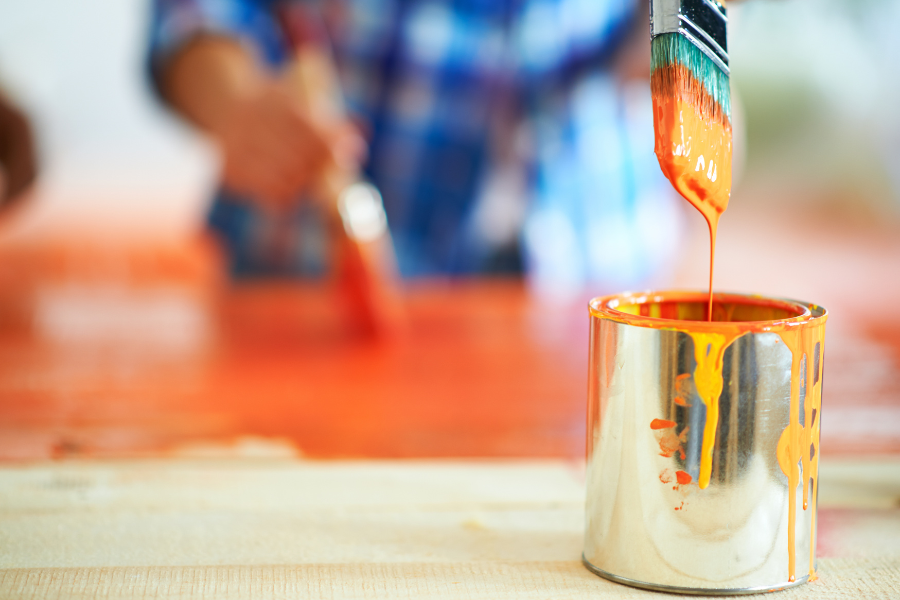
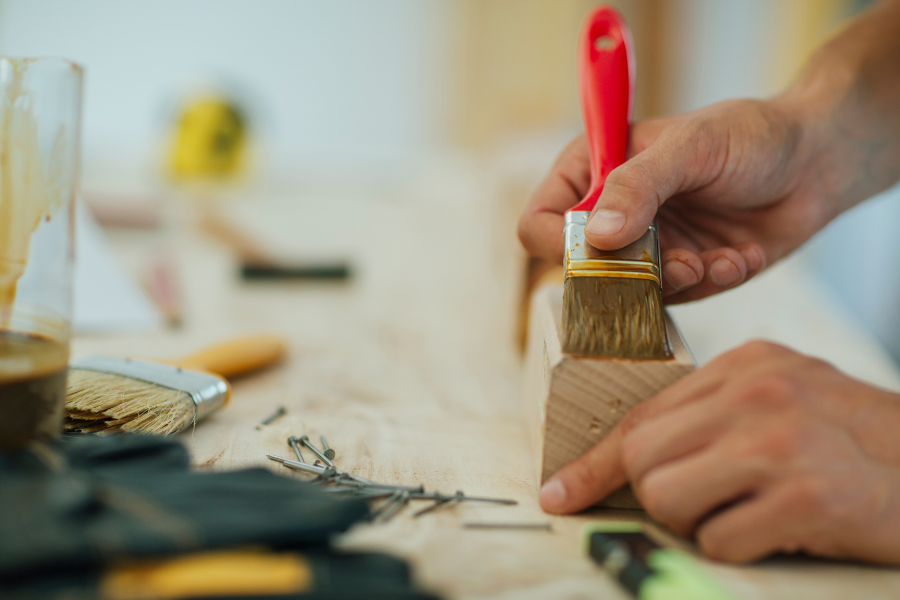
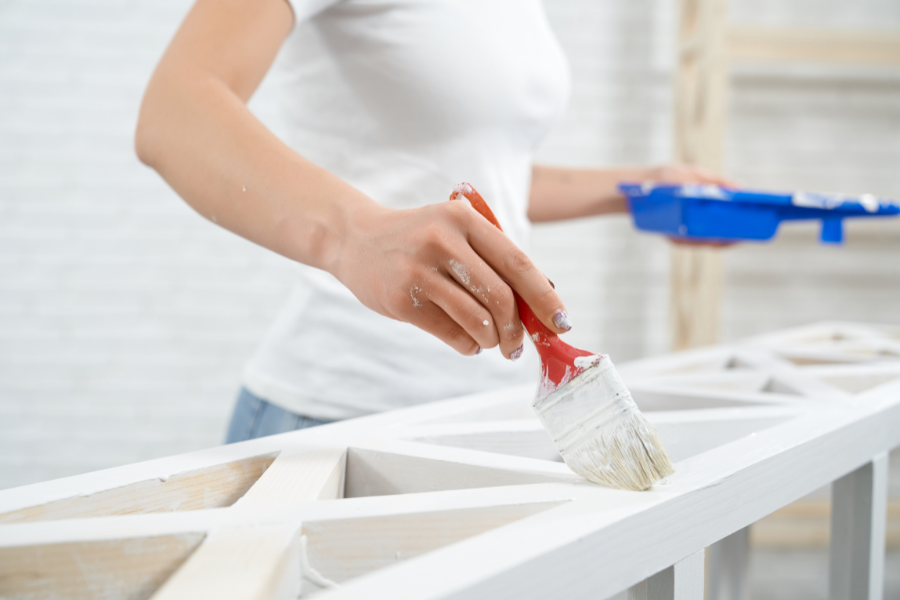
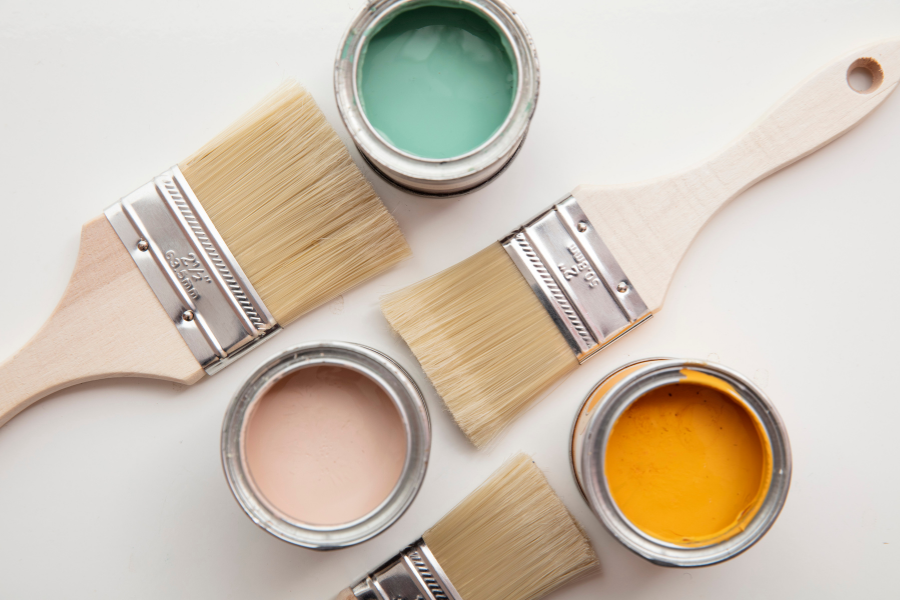
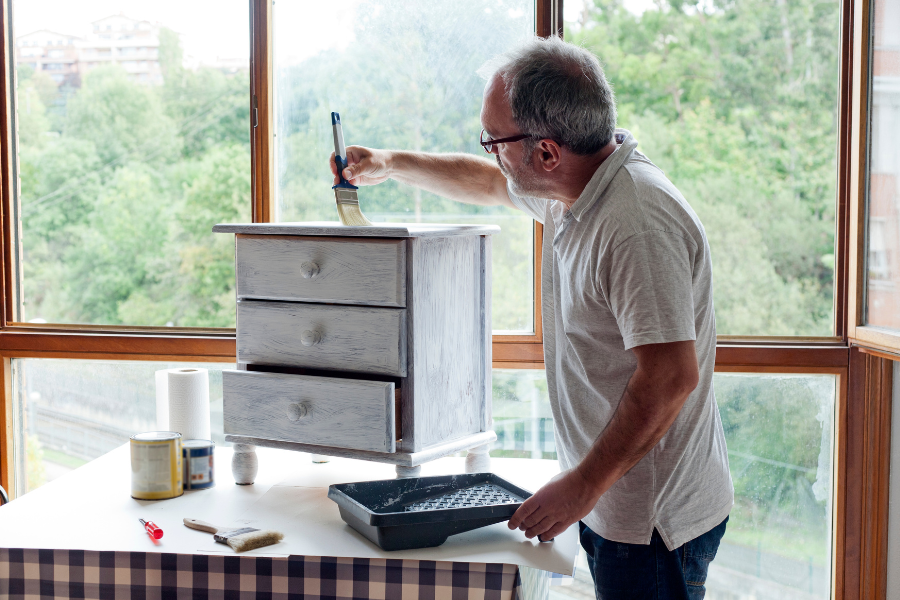
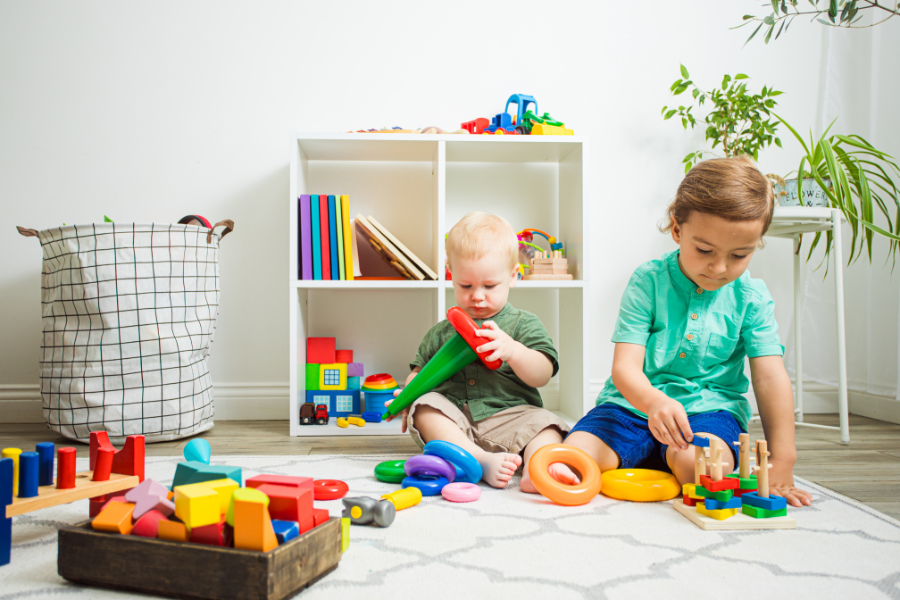
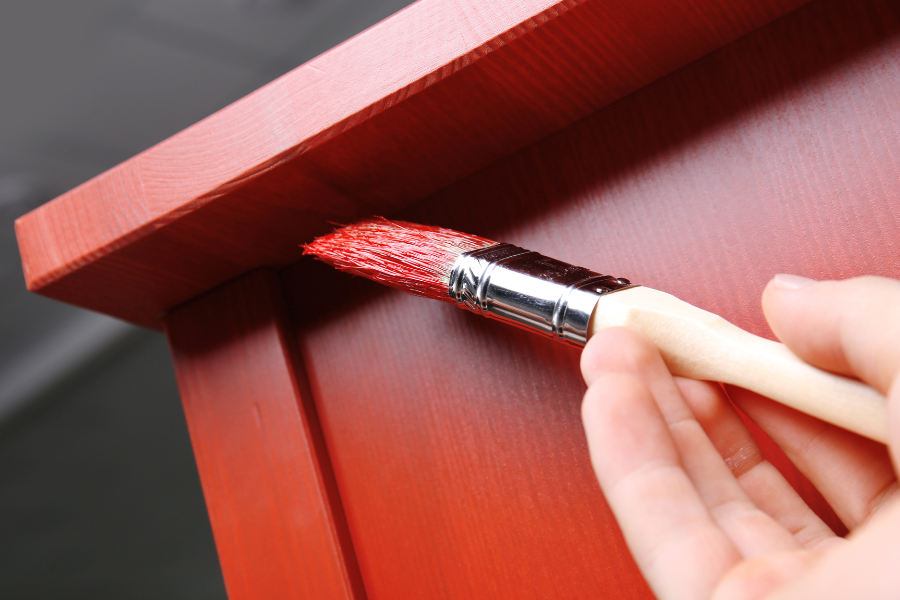

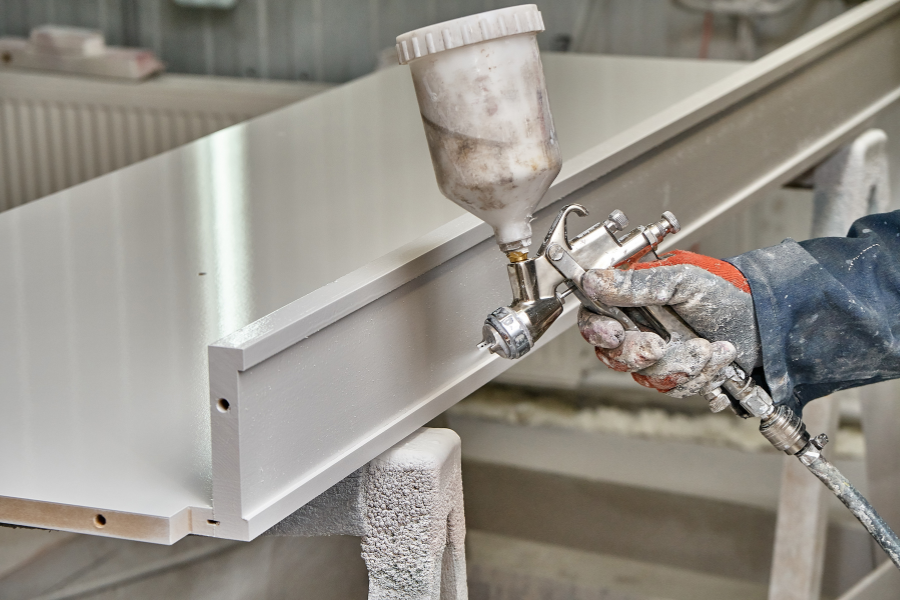


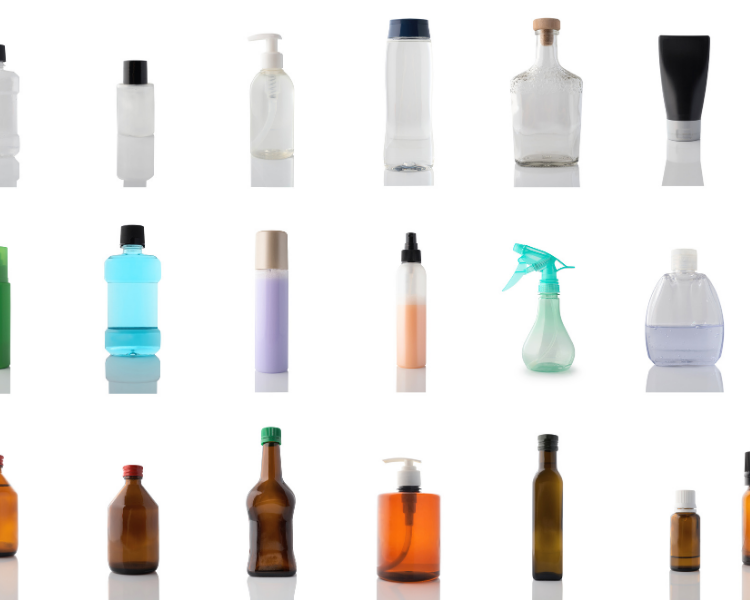
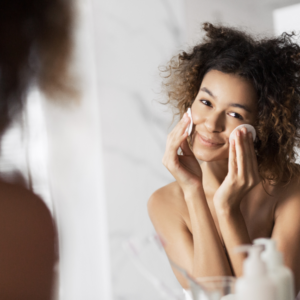

As you may know, Leave a Reply